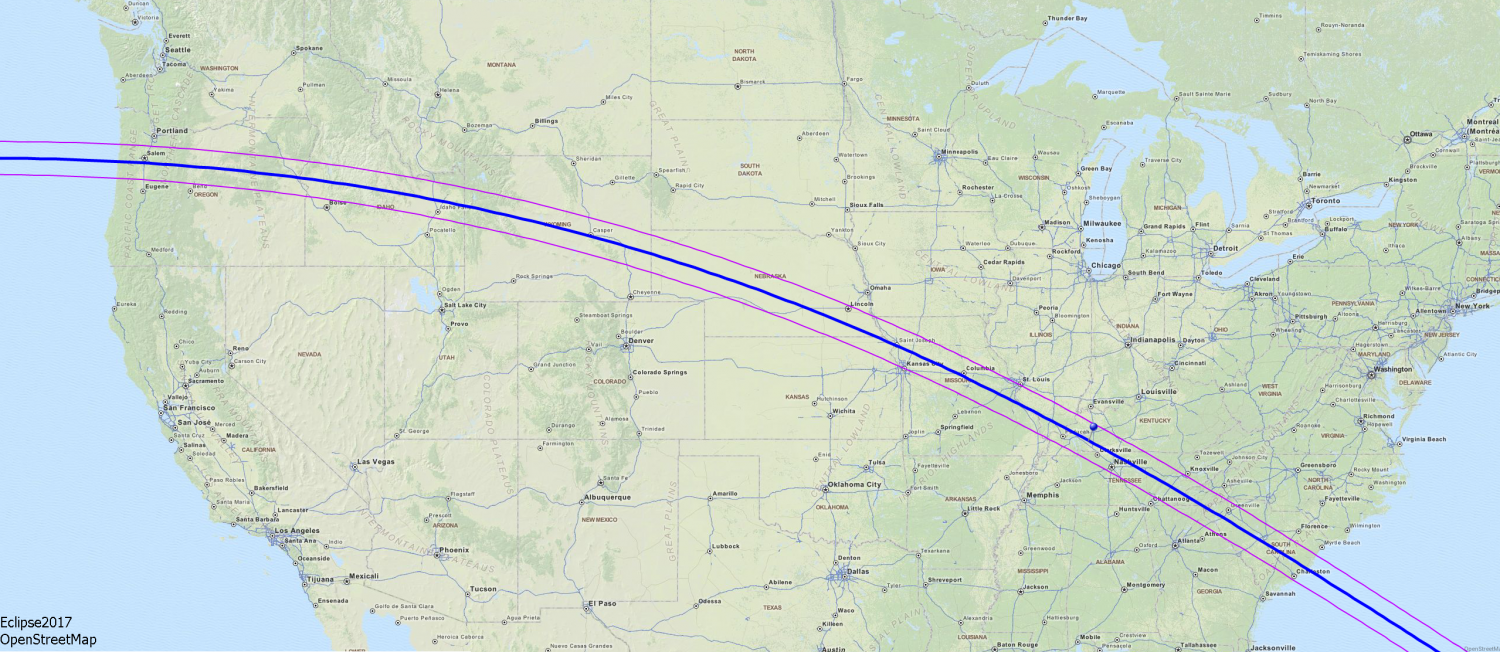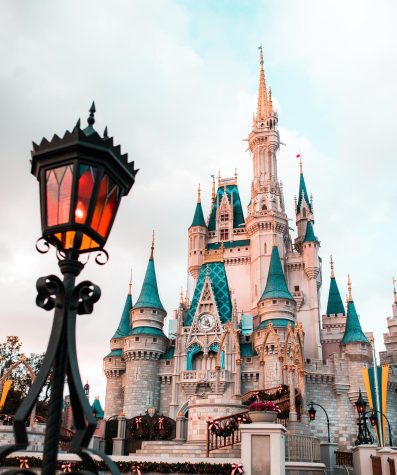The Upcoming Solar Eclipse, and the Science Behind it
News on the Great American solar eclipse and how to prepare for the event.
Science is always impacting our daily lives. On August 21, 2017, the United States will experience a solar eclipse for the first time in more than four decades. Known as the Great American Total Solar Eclipse, watchers across the country, from Oregon to South Carolina, will be able to view the event. On average, approximately two to five solar eclipses occurs a year. A solar eclipse is defined as an eclipse in which the Moon passes between the Sun and the Earth. In this manner, it casts a shadow on the earth, creating different types of solar eclipses, including the summer total eclipse that is able to be seen this year.
What is a total eclipse, and how does it differ from others?
The type of eclipse seen is based on how much of the moon is covered by the sun. A total eclipse is a type of solar eclipse in which the sun is completely covered by the moon. Total eclipses usually take place on Earth every eighteen months, varying in location every time. Depending on viewer’s location on Earth, different types of eclipses will be visible, during the same event. Those viewers very far away from the United States this summer may be able to see a partial eclipse, an eclipse in which the sun is partially covered, depending on their location, and distance from the eclipse.
Viewing the eclipse and remaining safe
The upcoming eclipse will be visible from Oregon to South Carolina. Watchers across the nation have already picked out their spot for the event in order to get the full experience. Finding a spot a few months in advance will guarantee a perfect angle for a viewer. The first spot the eclipse will be visible from will be a select part of Northern Oregon, along Newport. The western coast will have the opportunity to see the first viewing of the eclipse, as it moves from the western coast to the eastern coast, a distance of seventy miles in all.
Planning for the eclipse has already happened and specific locations throughout the United States have been mapped out. Although the eclipse is not scheduled to be visible from Virginia, viewers can see the eclipse from South Carolina, a close neighboring state. According to the Great American Eclipse, the best places to view the event include cities in a diagonal shaped pattern, including watch spots in Oregon, Idaho, and Wyoming in the west, along with Missouri, Tennessee, and South Carolina in the east.
Even though viewing an eclipse can be an exciting event, precautions should be taken before looking directly at the sun. Looking directly at an eclipse can damage eyes permanently if not done properly. Although no type of eclipse should be viewed directly, annual and partial eclipses are the most detrimental, due to the partial covering of the sun. These eclipses can result in permanent damage to the eye, including the retina. Sunglasses usually aren’t effective for watching a solar eclipse. In fact, they are worse than wearing no protection at all. Wearing sunglasses during a partial eclipse is proven to trick eyes in thinking they are protected, letting more light in, causing even more damage than wearing no protection at all. Special eclipse viewing glasses should be worn to block out the highest amount of ultraviolet rays.
Overall, many sets of eyes will be able to see a type of eclipse, no matter their location. Not only will the United States get a glimpse of the marvelous event, but other countries may have access to a partial eclipse. No matter your location on earth, this eclipse is known to make history.

Hi, my name is Katarina Faben, and this is my third year on the Outlook. I am a proud member of the editorial board and take pride in helping others reach...







